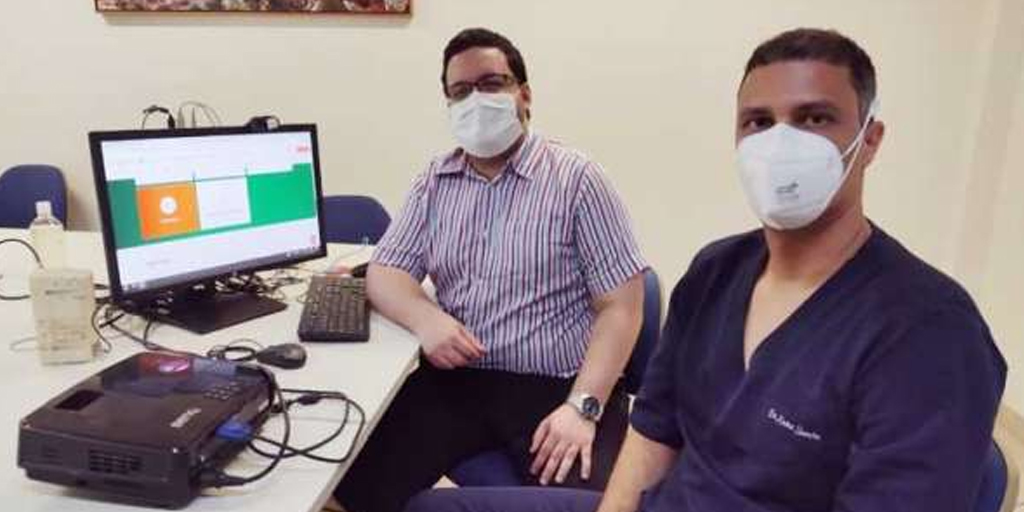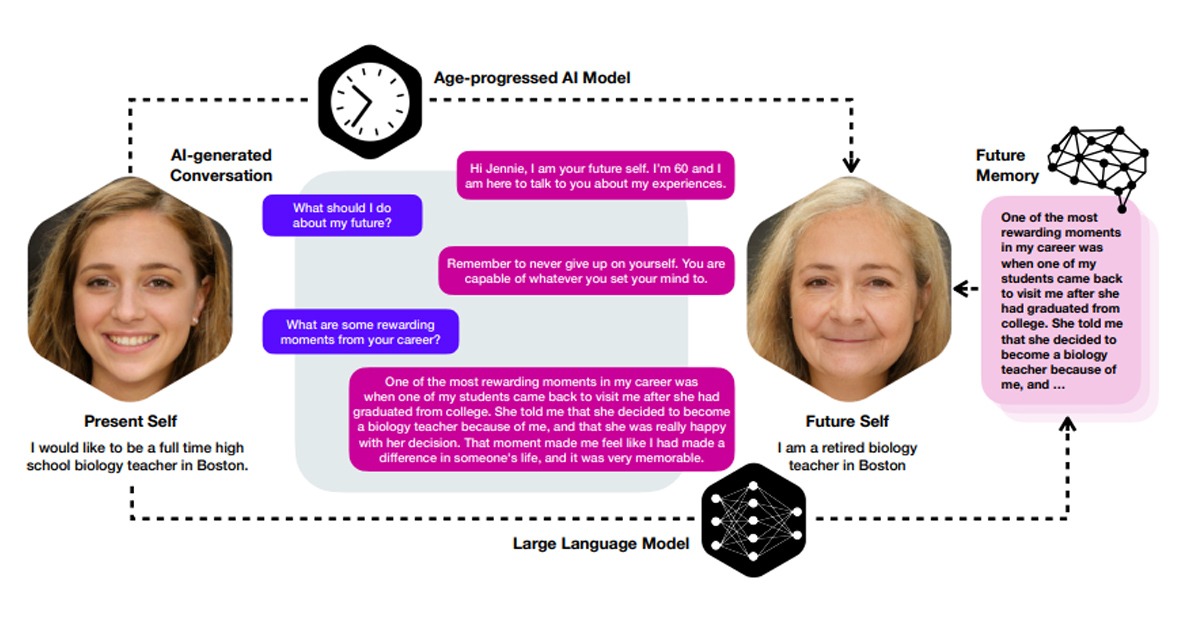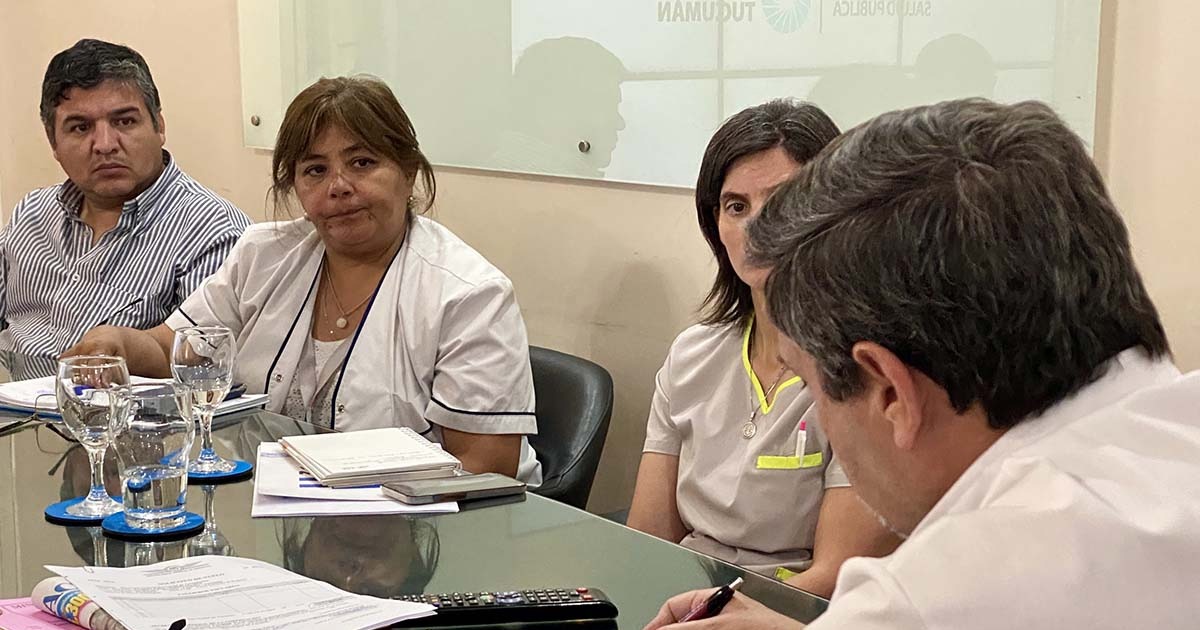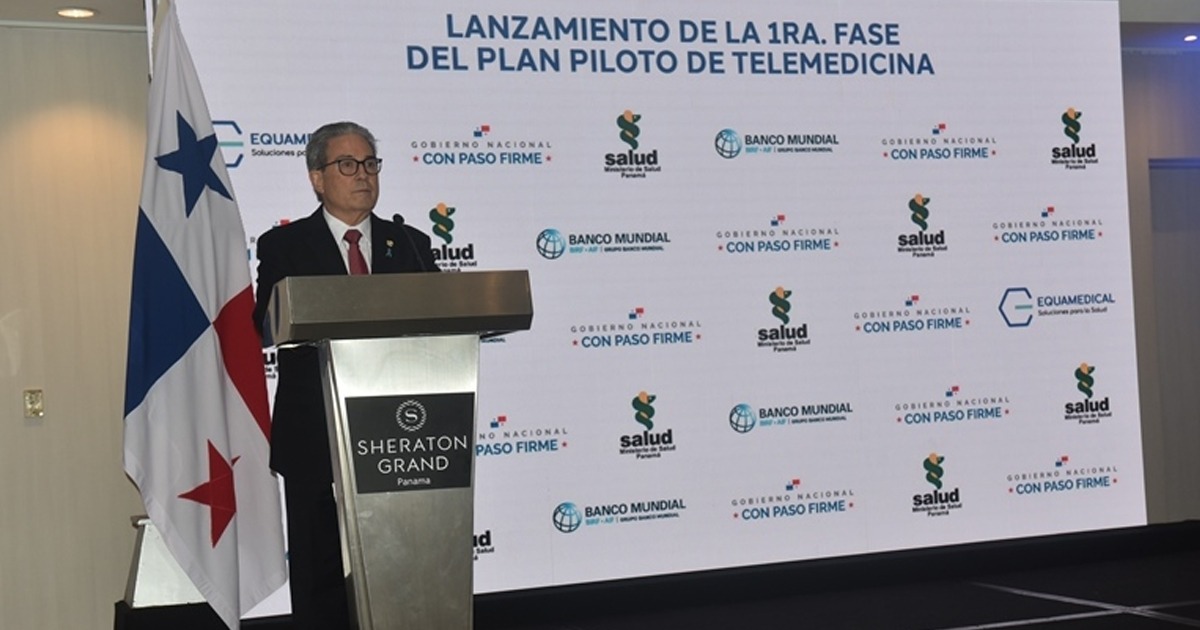The Internet of Medical Things Industry is in full growth. Technological advances and the adoption of new interconnected tools such as software, mobile devices or applications promise to revolutionize health systems in the world.
To understand what the Internet of Medical Things (IoMT) is, it is necessary to know what the "Internet of Things" is. Deloitte defines the “Internet Of Things” (IoT), as “the grouping and interconnection of devices and objects through a network (be it private or the Internet, the network of networks), where all of them could be visible and interact”. This includes sensors, mechanical devices and everyday objects such as appliances, clothes, smart watches, etc.
On the other hand, the IoMT includes medical technologies and tools such as artificial joints, scanners; or mobile medical technologies, such as glucose meters, sensors, smart watches, among other interconnected devices.
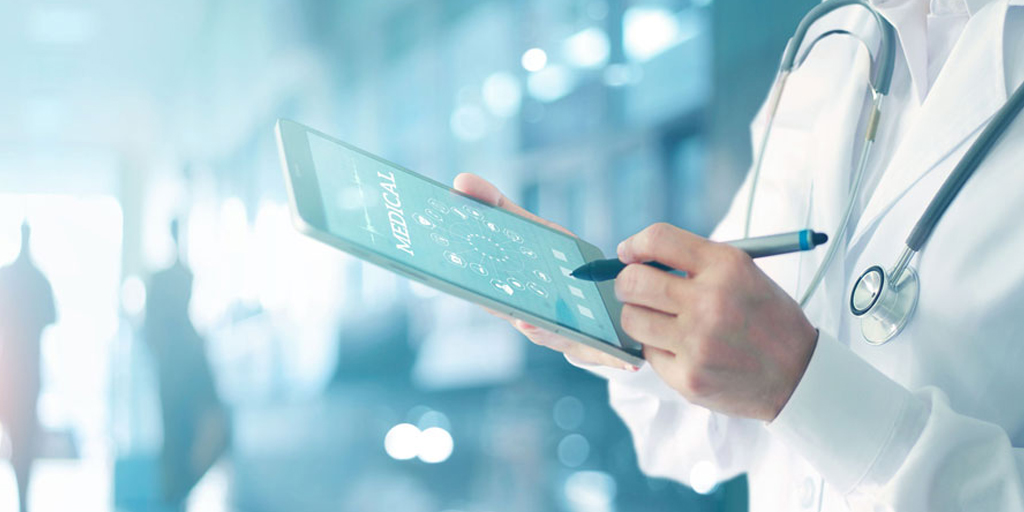
Medical technology (Medtech) is included in the IoMT, and its development is essential to promote the digitization of medical services and also achieve greater involvement by patients in their medical care.
Among the benefits of the IoMT are the improvement in the administration of medications, reduction of costs in medical services, improvement of the experience of the patients and their results, obtaining better results of diagnosis and treatment, remote monitoring of chronic conditions and improvements in the management of diseases.
Among the main challenges for the adoption of IoMT is interoperability, which seeks the use of open platforms and open data standards so that technology providers and users always have data available for use.
Also the modification of regulatory frameworks of each country is a challenge, the authorities of each country must introduce medical technologies to regulate and promote their use. For example, during the pandemic, Latin American countries such as Peru or Brazil have approved the use of telemedicine to provide remote medical care.
